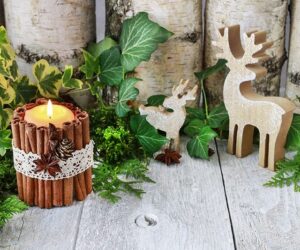Poinsettias are surely one of the most popular holiday flowers. They bring a splash of festive red and green to a table or windowsill during the holidays. Millions of poinsettia are purchased every Christmas season. Their Latin name is Euphorbia pulcherrima, and believe it or not; they are one of the longest-lasting blooming plants available.
Their mesmerizing blooms vary from the familiar red to pastel yellow and vibrant bi-colors. Although Poinsettias have a bad reputation as plants that are hard to maintain, it is possible to keep them thriving, even well past Christmas.
You need to provideproper care, and you will have a blooming plant for weeks and even make it reflower next year. Here are the top 10 tips you should follow to take proper care of Christmas Poinsettias…
Choosing The Perfect Poinsettia
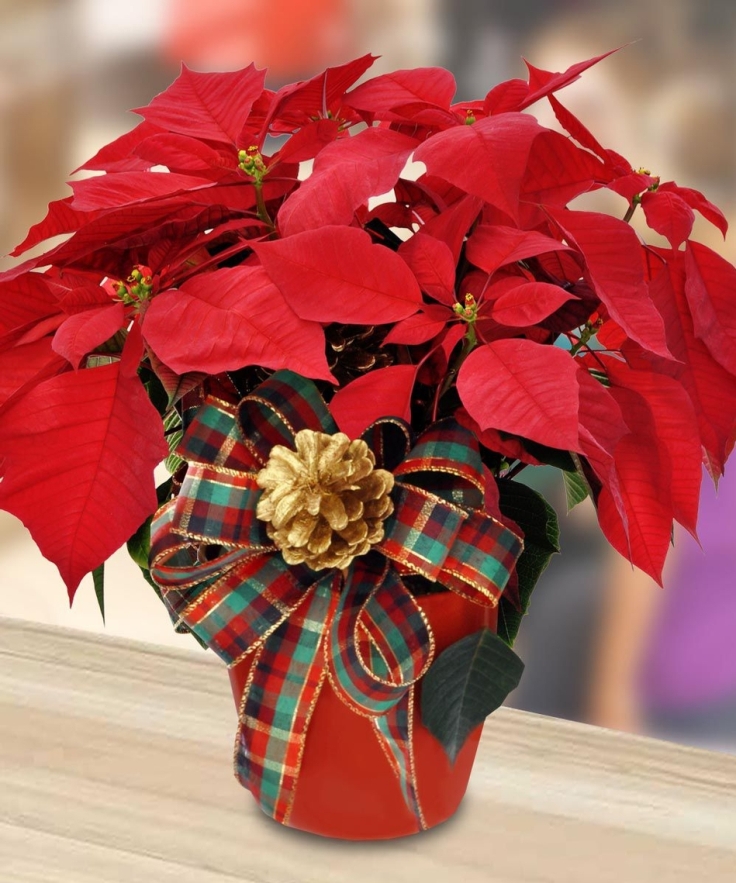
photo via beneva.com
It all starts with choosing a healthy, compact plant. But, how to recognize one? Look for a Poinsettia, which has small, tightly clustered buds in the center. Another thing to pay attention to is if the plant has undamaged foliage, crisp and bright foliage. Make sure that the Poinsettias from which you are choosing are not displayed in drafty or crowded areas.
Placing Your Poinsettia in The Right Spot
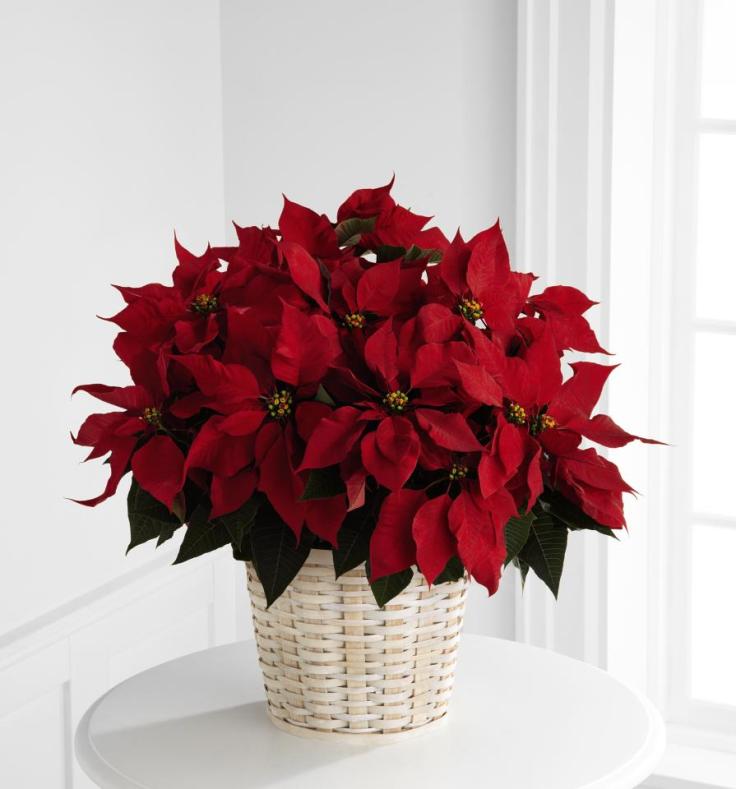
photo via blossomtown.com
Now that you have your beautiful Christmas plant, it’s time to place it in the right spot of your home. Doing this right will make your plant stay beautiful for weeks. Choose a sunny location, preferably near a south-facing windowsill or at least a spot with bright filtered light. Make sure you don’t place it near a cold windowpane as this will damage the beautiful foliage.
Temperature Range
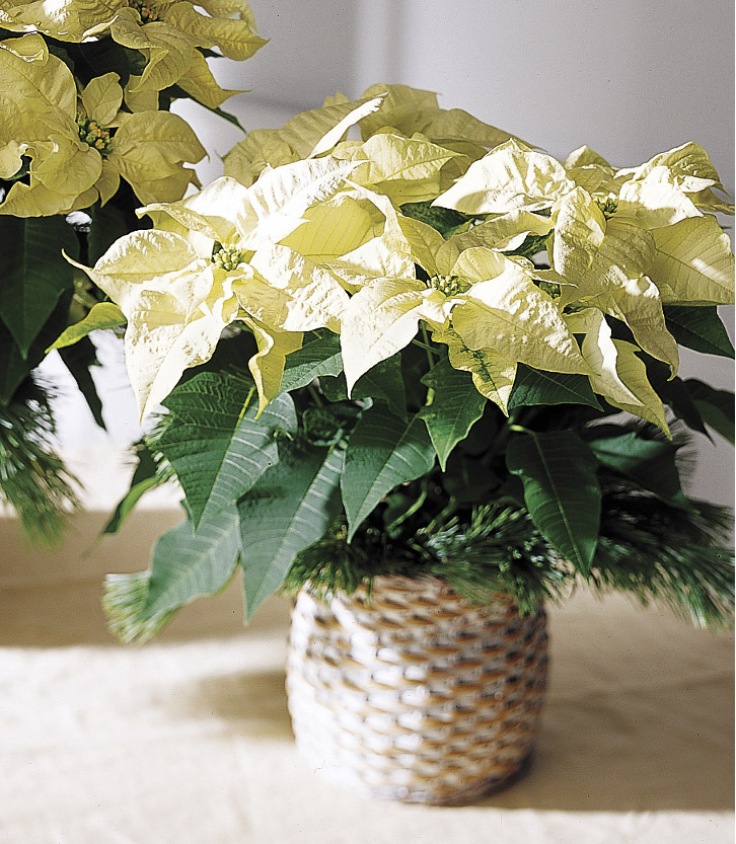
photo via academy-florists.com pg
As for the temperature, around 68 degrees F during the day is perfect. Ensure you maintain a temperature of 65 – 75 degrees F. Keep the temperature cooler through the night. Dropping the temperature to about 60 degrees F. at night will not hurt the plant. Once you place your Poinsettia, do not move it. Especially not from a warmer to a cooler spot.
Don’t Be Afraid of Leaf Drop
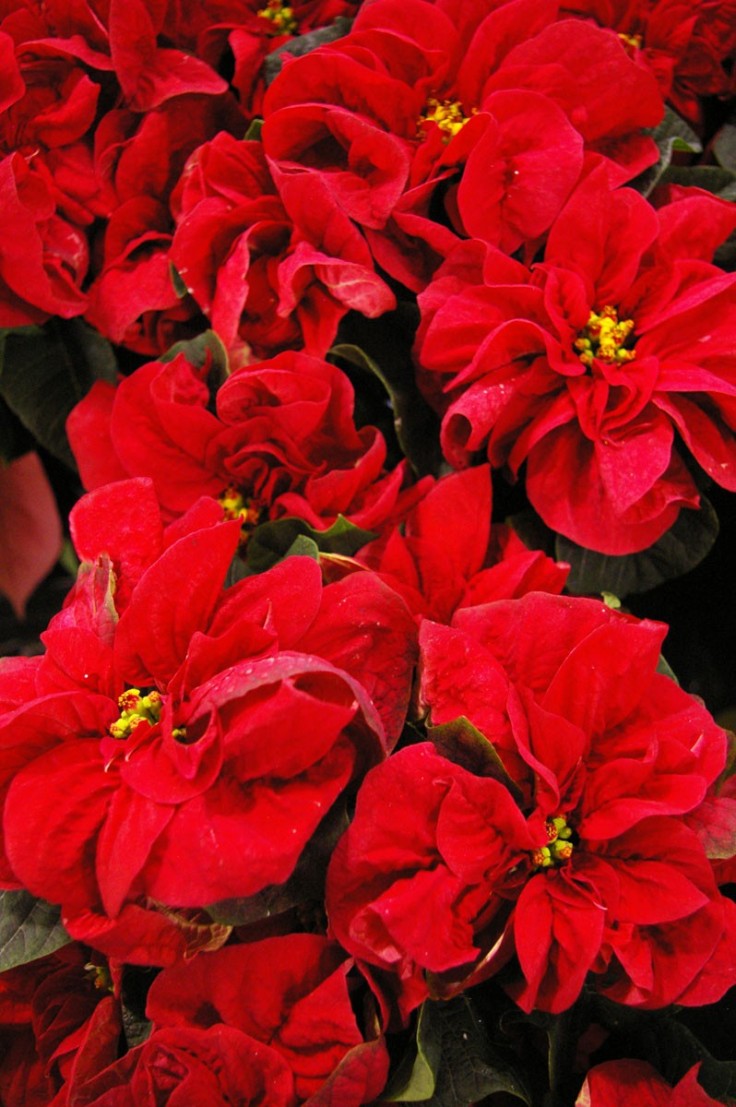
photo via pikenursery.com
You have bought and placed your Poinsettia, and just as you started enjoying its beauty, the leaves start to drop. Don’t panic, and most importantly, don’t give up on your plant right away. It can be easily fixed. The most common reasons for leaf drop are warm, dry conditions, or stress from the relocation. Just keep the plant in a cool, draft-free area and provide plenty of water, and it should get back to normal soon. If all of the leaves fall, maybe you should consider getting a new plant. Sorry.
Proper Watering While in Full Bloom
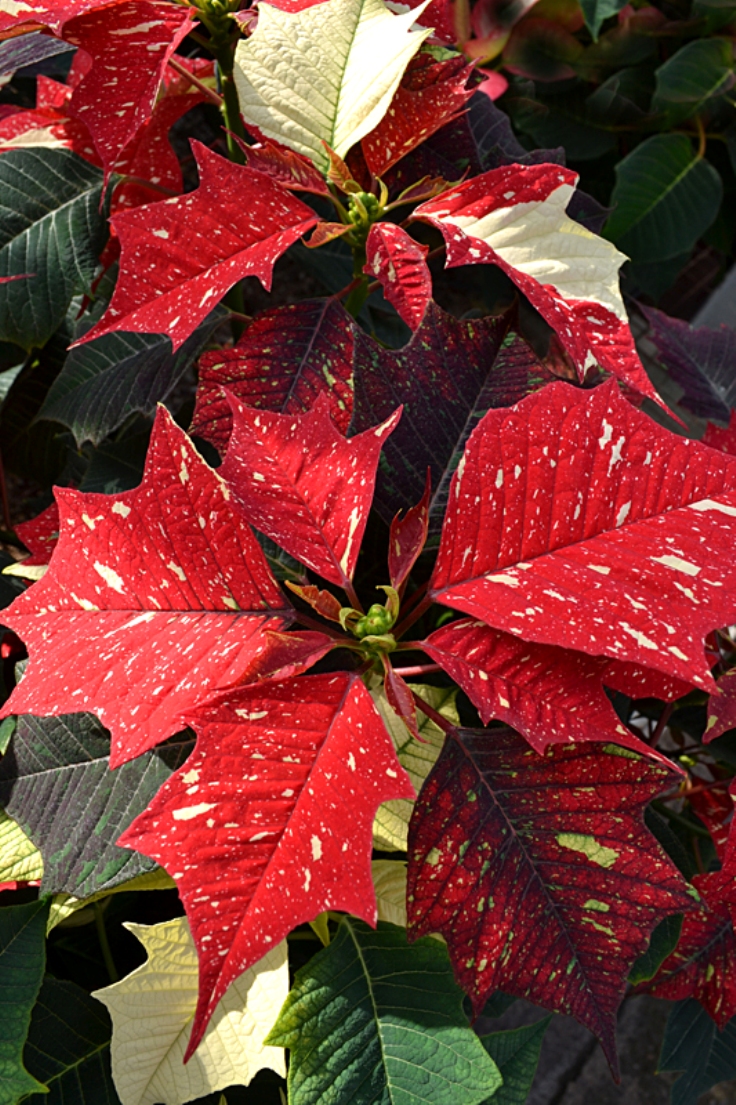
photo via buffalo-niagaragardening.com
While in full bloom, Poinsettias enjoy moisture. But this doesn’t mean you should go over-water your plant. Make sure the soil surface dries out between two waterings. Always water thoroughly but also allow good drainage. Poinsettias mustn’t sit in water-filled saucers as it can lead to root rot. If the air in the room is too dry, place other plants around to increase humidity, or simply use a humidifier.
Feeding Your Poinsettia
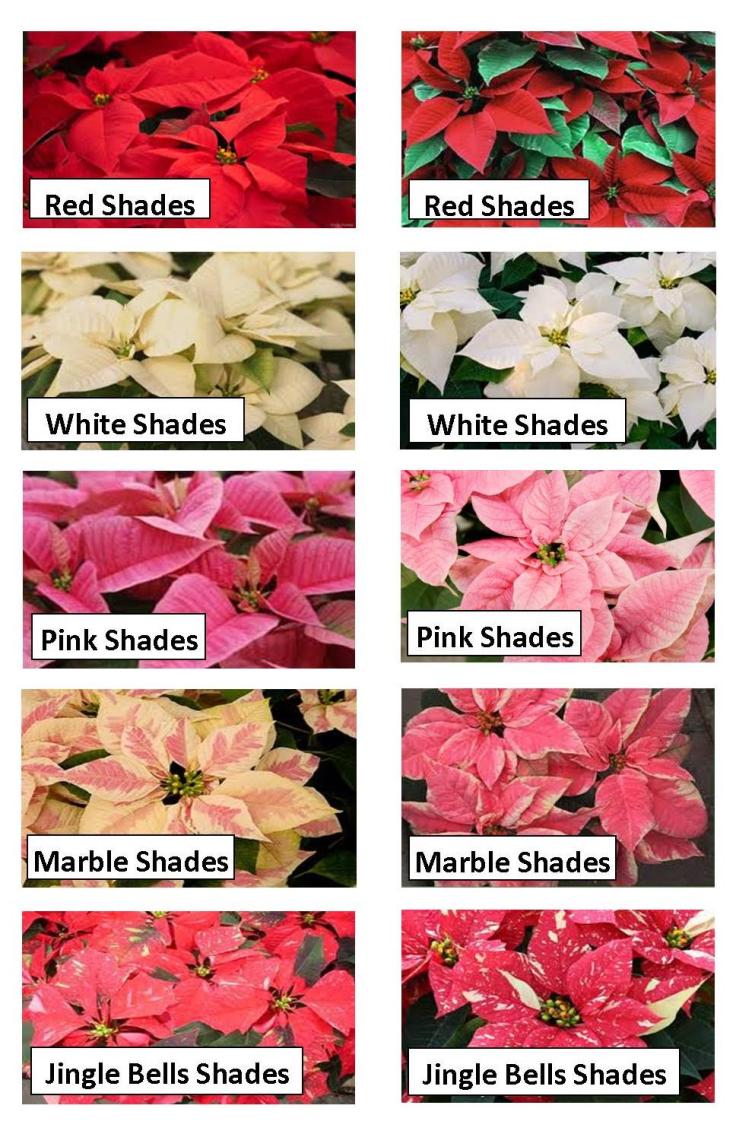
photo via barbott.com
The rule is simple – do not fertilize your Poinsettia while in full bloom. Now, when the blooming season is over, and you are determent to keep your plant until the next one, start feeding it every two weeks or at least once a month. Use a complete houseplant fertilizer which will provide everything needed for the plant.
Spring Care
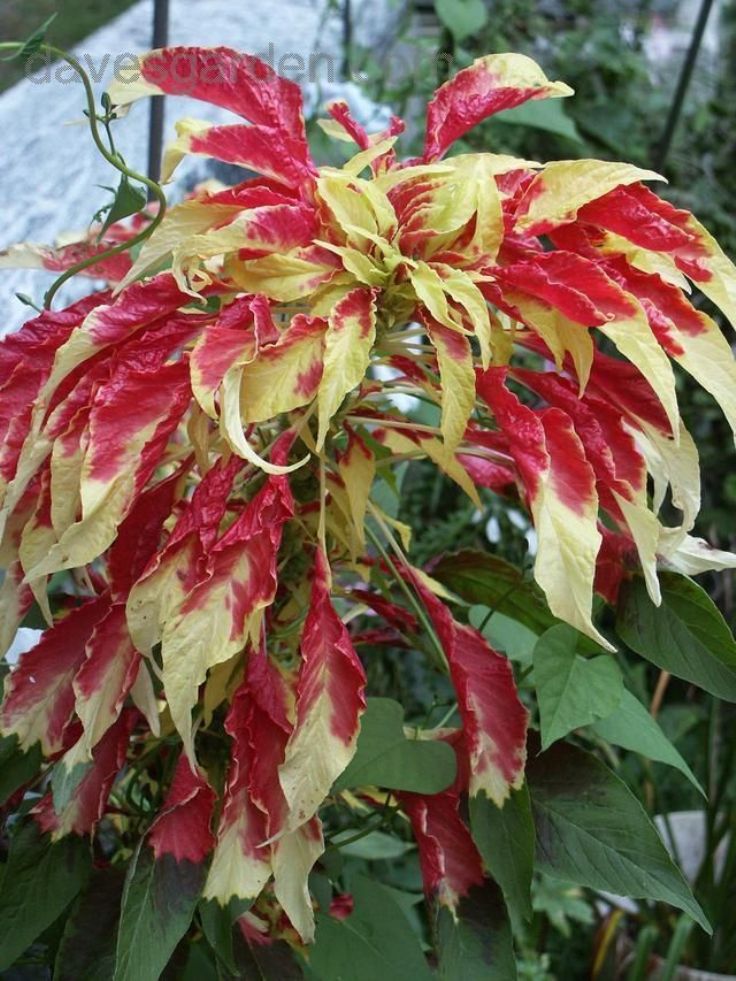
photo via pinterest.com
Ok, so you have managed to keep your Poinsettia red and lush and healthy during the whole winter, but you want it to reflower again next season. Don’t worry; we have the right tips for you. Continue with watering regularly until mid-spring. Then let it dry out and let the stems shrivel. Keep it in a cool place until late spring, when you should cut all growth to a couple of inches above the soil and repot it in new soil, which is the same as the one used before. Now start watering well once again and keep it in a warm spot, fertilizing every two or three weeks.
Summer Care
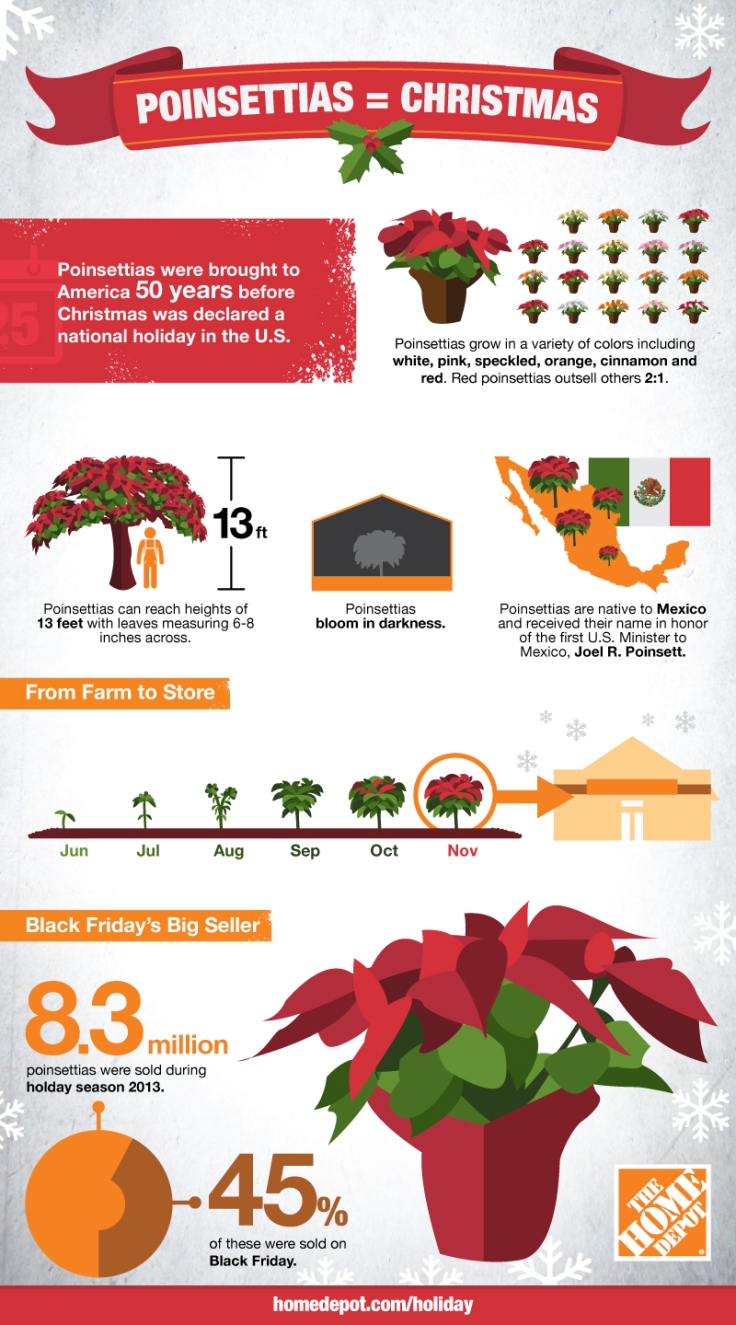
photo via builtfromscratch.homedepot.com
When the summer comes, new growth will appear. You can choose to keep your plant indoors during the summer, although placing it outside in a sunny and warm location is a good idea. After new growth has reached between 6 to 10 inches, pinch out the tips to encourage branching. Do this once a month until August. Once nights become longer in fall, bring the poinsettia indoors.
Autumn Care
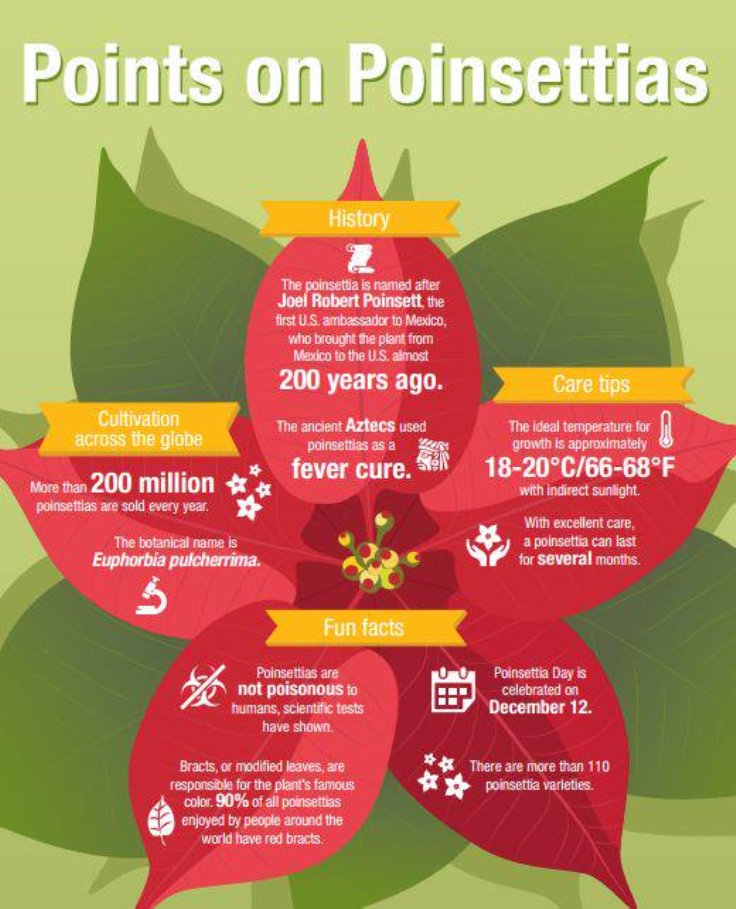
photo via pbs.twimg.com
In early Autumn, when nights become longer, it is time to take your Poinsettia back inside. Place it in a sunny spot and keep watering and feeding regularly. From mid-autumn, or starting from September 20 until December 1, light is crucial in Poinsettias’ care. Now is the time to place the plant into a location where it will not receive any nighttime light or cover it with a box. 14 hours of darkness combined with 10 hours of natural light daily is perfect. Simply keep in light only from 8 a.m. to 5 p.m. Put in the dark from 5 p.m. to 8 a.m. This way, you ensure red blooms.
Back in Bloom
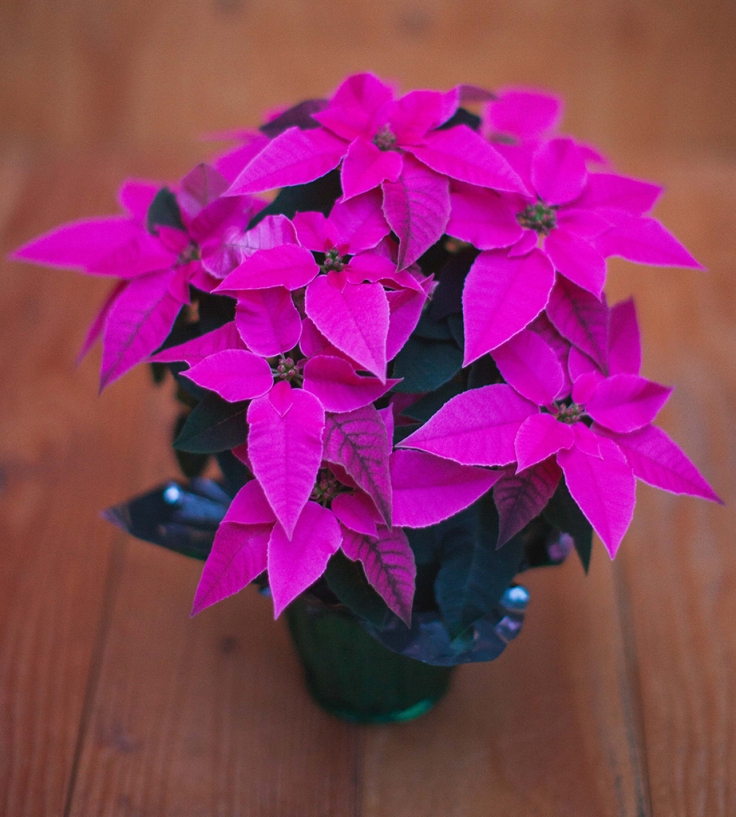
photo via vanwingerden.com
Once December comes, it is time to slowly return to the regular treatment for Poinsettias in bloom. This means you should stop fertilizing the plant around mid-December and start watering it thoroughly. Of course, you should return it to the same sunny spot as last year. If you have done everything right, the plant will soon look as beautiful as it did last year.
Extra Tip – Are Poinsettias Poisonous?
Let’s make one thing straight – Poinsettias are NOT poisonous, which means they are safe to put in compost. However, like most houseplants, they certainly are not meant to be eaten by humans, pets, or livestock, and ingesting poinsettias would probably cause some stomach upset. On the other hand, poinsettias exude a milky sap when broken, which can cause contact dermatitis.



